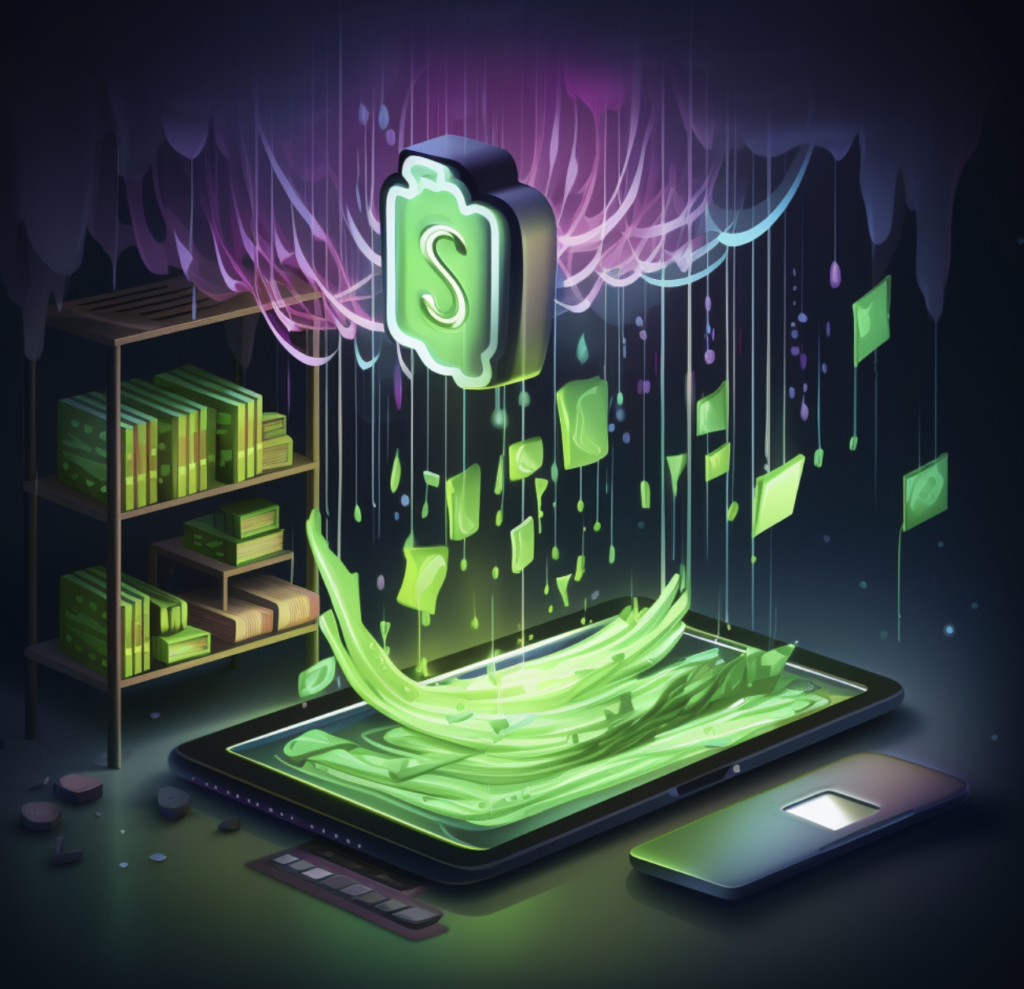Operating a Shopify store implies handling a goldmine of data. To unleash its comprehensive capabilities, you need the Ecommerce Scraping API! This robust tool streamlines your data extraction procedure, providing you with a competitive advantage.
Setting it up is quick and watch it seamlessly extract the valuable insights you desire, from customer behavior to stock levels.
Keen to access the advanced features and learn some insider tips? Dig deeper and revolutionize your store’s data strategy with the Ecommerce Scraping API—your clandestine tool for e-commerce supremacy.
Key Takeaways

- Scraping API automates data extraction from multiple Shopify stores.
- It simplifies the process of gathering product details, prices, and reviews.
- Allows market analysis, competitor monitoring, and strategic decision-making.
- Efficient and reliable tool for data collection tasks.
Understanding Scraping API
You’ll find that Scraping API is a crucial tool for automating the extraction of data from numerous Shopify stores. It simplifies the process, allowing you to quickly gather product details, prices, and reviews.
This means you can analyze the market, monitor competitors, and strategize accordingly without manual effort. It’s efficient and reliable, making your data collection tasks a breeze.
Benefits for Shopify Stores
Harnessing the power of Scraping API, you’re equipped to streamline your store’s data management, enhancing your competitive edge in the bustling Shopify marketplace.
| Efficiency | Growth | Insight |
| Save Time | Boost Sales | Understand Trends |
| Reduce Errors | Expand Reach | Make Informed Decisions |
| Automate Tasks | Increase ROI | Anticipate Customer Needs |
Setting Up Scraping API
To set up Scraping API on your Shopify store, you’ll first need to create an API key through your store’s admin settings. Here’s what to do next:
- Navigate to the ‘Apps’ section in Shopify admin.
- Click on ‘Manage private apps’ to generate a new API key.
- Configure the API permissions to suit your data Scraping needs.
Data Extraction Capabilities
Why should you settle for limited data when Scraping API can unlock a wealth of information from your Shopify store? It’s time to harness the full potential of your e-commerce data for smarter decision-making and strategy.
| Data Point | Impact | Emotion |
| Sales Trends | Increased Revenue | Excitement |
| Customer Habits | Personalized Marketing | Trust |
| Inventory Levels | Efficient Restocking | Relief |
| Traffic Sources | Optimized Ads | Confidence |
| Product Performance | Improved Offerings | Satisfaction |
Advanced Features and Tools
How can you further elevate your e-commerce strategy with Scraping API’s advanced features and tools?
Let’s break down the key elements:
- Real-time data synchronization for inventory and pricing updates.
- Advanced analytics to understand customer behavior and trends.
- Customizable webhooks to seamlessly integrate with your existing systems.
Harness these tools to stay ahead in the competitive e-commerce landscape.
Best Practices and Tips
Implementing Scraping API effectively requires understanding its best practices and tips to maximize your Shopify store’s potential.
Always throttle requests to avoid hitting rate limits.
Use proper authentication to secure data access.
Structure data retrieval to capture only required information, reducing load times.
Lastly, stay updated with Shopify’s API changes to ensure compatibility and take advantage of new features promptly for optimal performance.
FAQ:
What is a Scraping API for Shopify Stores?
A Scraping API for Shopify Stores is a tool that collects and extracts data from Shopify stores. It automates the process of fetching data, saving you from manual data scraping.
How does a Scraping API for Shopify Stores work?
It works by sending HTTP requests to the Shopify website and receiving responses in return. The API then parses these responses to extract the desired data from the HTML contents of the web pages.
What kind of data can be scraped using a Shopify Scraping API?
You can scrape all sorts of data including but not limited to product details, prices, customer reviews, descriptions, images, seller information, and more.
Why might I need a Scraping API for Shopify Stores?
You might need it for several purposes such as competitor analysis, sentiment analysis, price comparison, market research, finding new product ideas, etc.
Are there limitations on the amount of data I can scrape with a Shopify Scraping API?
Shopify itself might have rate limitations on its site to prevent excessive requests. Also, a scraping API might have its own limitations depending on the service type and pricing plan you choose.




















